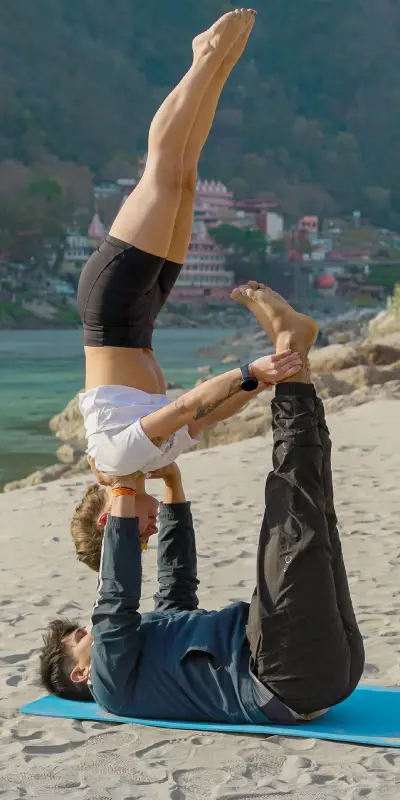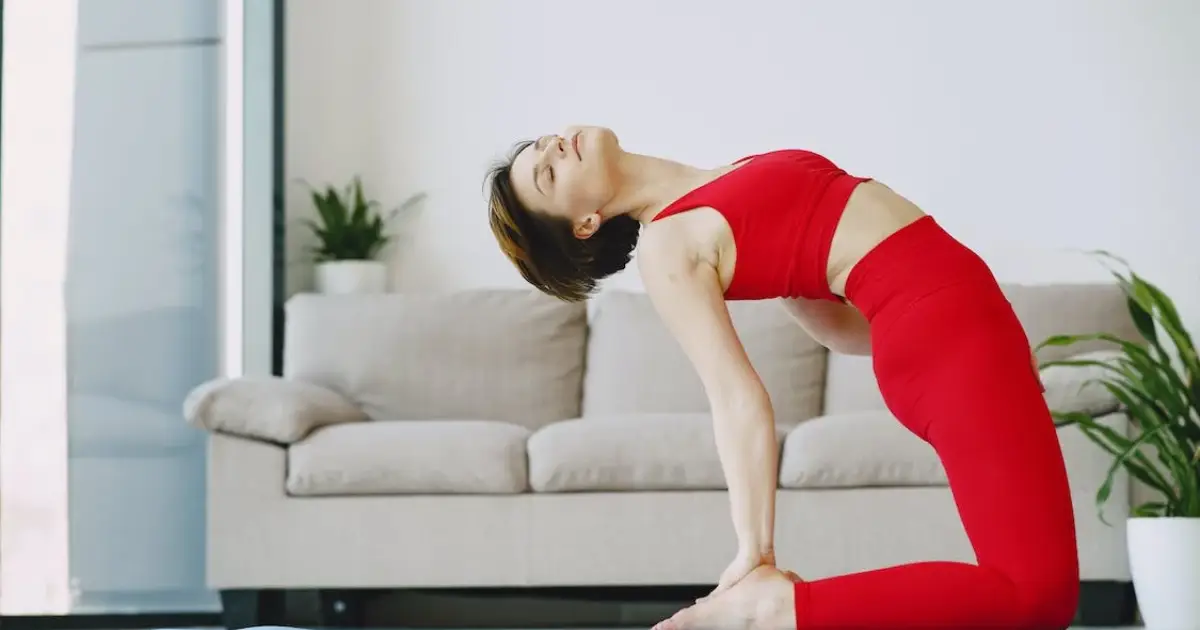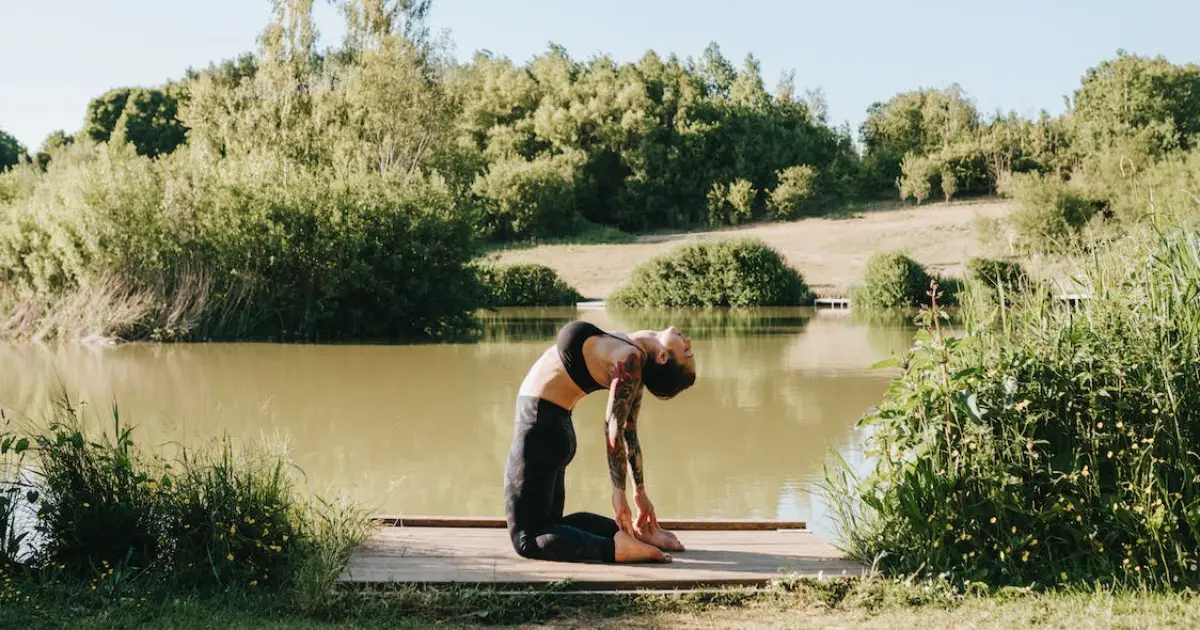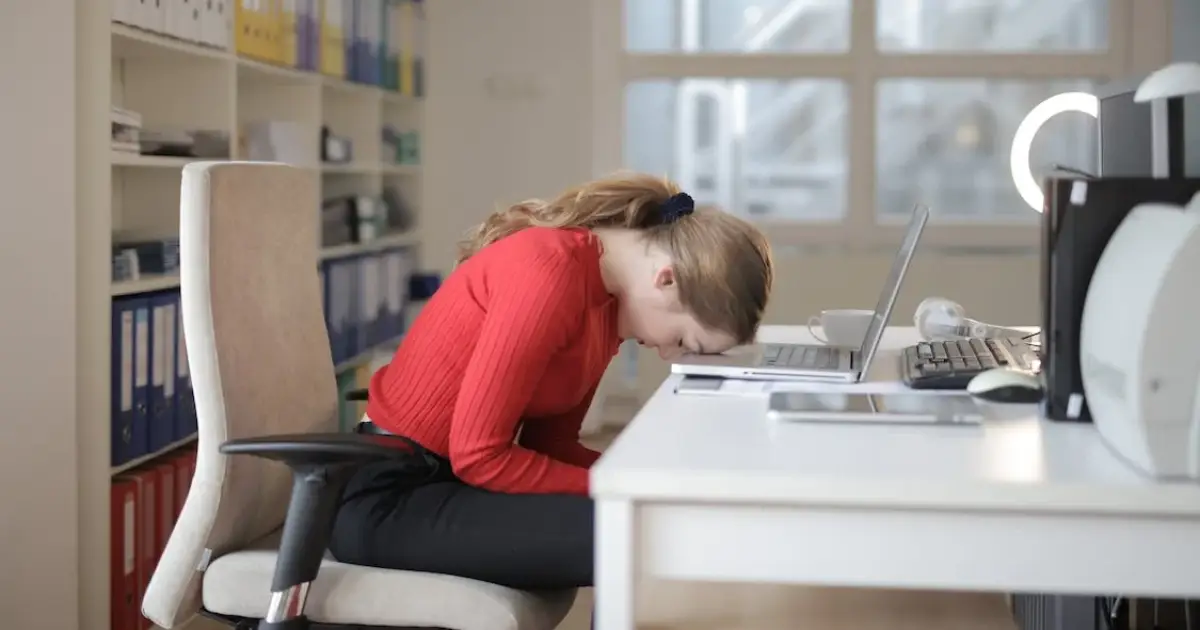
Get A Free Quote


Are you sick of sitting like a pretzel at your desk?
Enter Ustrasana, the yoga pose that straightens things out—literally!
Known by many names, including the Camel Pose, Ustrasana is an energizing backbend that opens the heart.
One of the best yoga poses for relieving tension, stress, and anxiety from the body is said to be this one. To minimize stress, it is crucial to execute it correctly. The key is to focus on lengthening and lifting before arching into the pose.
Business professionals can benefit from regular yoga practice in terms of both their physical and mental health. Rishikesh Yog Nirvana provides comprehensive instruction on how to correctly perform Ustrasana, which can promote well-being in business professionals. With our guidance, you can master Ustrasana, unlock flexibility and strength, and achieve a balanced mind and body.
Camel Pose is known in Sanskrit as Ustrasana, which translates to "camel pose" in English. The name accurately describes the posture as resembling the arched back of a camel. "Ustra" means "camel" and "asana" means "pose" or "seat" in Sanskrit.
A deep backbend that stretches and tones the entire back, including the core muscles, is called an asana. The hips, shoulders, and chest are also opened up. People who have a hunched posture and tight hamstrings will benefit most from this pose.
Address Posture Problems: The deep backbend of the Ustrasana stretches the shoulders and chest, counteracting the effects of extended sitting and enhancing posture in general.
Boost Spinal Flexibility: By methodically stretching the entire spine, this pose lowers the risk of neck and back pain by releasing tension and increasing flexibility.
Strengthen Core Muscles: By activating the core muscles, the Ustrasana posture helps to build overall core strength, reduce the risk of backaches, and stabilize and support the spine.
Encourage Self-Awareness: By promoting introspection and self-awareness, the mindful practice of Ustrasana helps business professionals gain a better understanding of their motivations, emotions, and stressors.
Boost Emotional Intelligence: Good leadership and interpersonal relationships depend on one's capacity to control emotions and show empathy for others. The relaxing effects of ustrasana can promote emotional intelligence, resulting in more harmonious and fruitful interactions.
Cultivate Inner Peace: Ustrasana's meditative component fosters inner calm and equilibrium, which helps businesspeople deal with the pressures of the corporate world with more fortitude and poise.
To explore the deeper impacts of yoga, including its spiritual benefits, visit How Yoga Can Help Us Grow Spiritually.

If you're new to yoga or have tight hips, consider these modifications to ease into Ustrasana:
The purpose of preparatory poses is to gradually loosen and stretch the muscles used in Ustrasana, thereby preparing the body for a safe and efficient backbend. Padangusthasana, or the Toe Pose, is one of the many preparatory poses particularly useful for warming up for Ustrasana.
Stretching the hamstrings, calves, and lower back with a standing forward bend, Padangusthasana, also called the Big Toe Pose, prepares these muscles for the deeper stretch of Ustrasana. Here, you can find A step-by-step breakdown of the Padangusthasana pose

Your muscles are working in unison to strengthen and stretch during Ustrasana. By taking a deep breath, you supply these muscles with an oxygen-rich blood surge that gives them the energy they need to carry out their functions efficiently. Muscle soreness and fatigue are lessened by the oxygen-rich blood's ability to flush out metabolic waste products.
The breath serves as an anchor during the deep backbend, helping to maintain spinal alignment and reduce strain. Breathing in, you push your chest forward and expand your lungs, opening up the front of your body. This promotes a neutral and secure spinal alignment by balancing the inclination to round the back and hunch the shoulders.
Focus on your breathing, the synchronized movement of taking in and releasing air. Notice how the breath guides your movement, lifting your chest as you inhale and lengthening your spine as you exhale.
During Ustrasana, feelings can come up that range from anxiety and discomfort to excitement and a feeling of success. Just notice these feelings as fleeting clouds in the wide sky of your awareness and let them come and go without passing judgment.
Asanas, known as counter poses, which softly offset the previous pose's stretch, give the body a sense of equilibrium and restoration. Two counterposes to Ustrasana are especially helpful after it:
This forward bend lengthens the spine, hamstrings, and lower back while counterbalancing the backbend of Ustrasana and encouraging relaxation.
This healing pose offers a mild release for the whole body, letting the muscles loosen up and the nervous system subsides.
Eagle Pose, or Garudasana, is a difficult balancing pose that works many of the same muscles as Ustrasana. Practicing Garudasana after Ustrasana can further enhance flexibility, balance, and focus. Find out more about Garudasana and its benefits.
Quadriceps: Located at the front of the thighs, the quadriceps stabilize the knees and maintain the thighs in the pose isometrically.
Gluteus Maximus: During the backbend, the gluteus maximus, a large muscle at the rear of the hips, helps to extend the hips and keep the spine neutral.
Erector Spinae: To extend the spine and preserve a healthy backbend curve, a group of muscles along the back of the spine called the erector spinae cooperate.
If you're looking for a way to improve your posture and reduce stress, Ustrasana, also known as Camel Pose, might be the perfect yoga pose for you. This energizing backbend stretch opens the chest and relieves tension, making it a great exercise for those who spend long hours sitting at a desk.
Ustrasana stretches and tones the back, core, hips, and chest muscles, while also boosting energy levels and improving posture. Through regular practice, it can increase flexibility and reduce stress and anxiety.
If you're interested in learning how to perform Ustrasana correctly, Rishikesh Yog Nirvana offers comprehensive guidance and yoga courses that can help you achieve a balanced mind and body. Check out our resources to learn more and unlock your full potential for a holistic approach to well-being.

Posted: 10 December, 2023
Renowned for his expertise in yoga and its philosophy, Sajan Negi brings over 15 years of experience in guiding individuals on their transformative journey towards holistic well-being. With a Master’s degree in Yoga and a life dedicated to personal growth, Sajan Negi combines ancient wisdom with modern insights to inspire physical strength, mental clarity, and spiritual peace in his students.